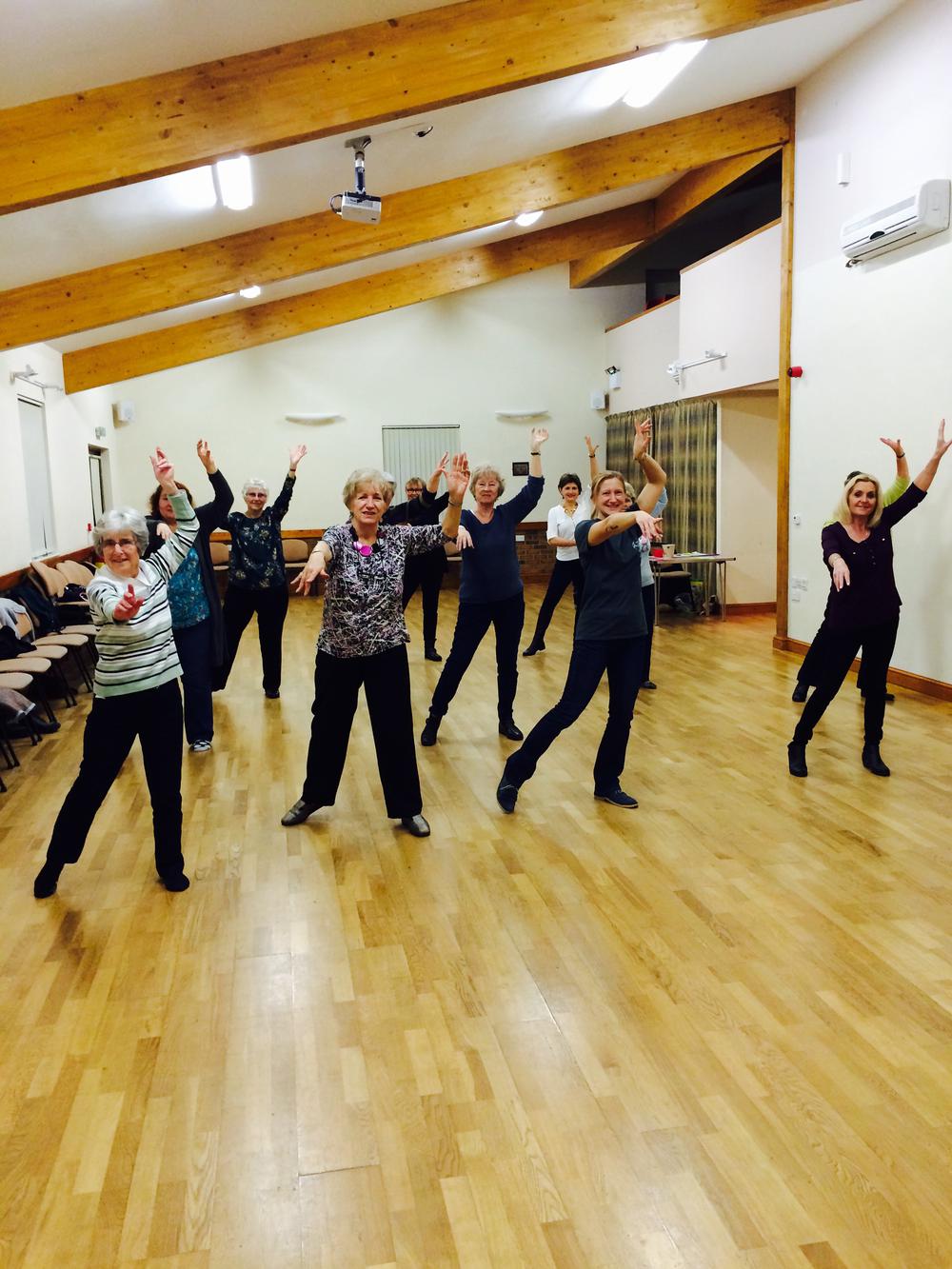Just Dance Worcester 
Ballroom, Latin American and Dance Exercise Lessons for Individuals, Couples or Groups
Useful Information
Is dancing good for you? There are times when we would disagree but actually there is some evidence to say it is. If you would like to see the full report, please contact me
The health and well-being benefits of dance for older people - Keep dancing . . . www.bupa.com
This report reviews the international evidence for the health benefits of dancing for older people.
Recent projections suggest that, in England and Wales alone, by 2026 there will be over 10 million people aged 65 and over.
As people age they tend to adopt an increasingly sedentary lifestyle but there is widespread and compelling evidence that increased levels of physical activity will improve both the longevity and the health of older people.
Exercise programmes for older people commonly experience high drop-out rates. Dance, on the other hand, is an enjoyable and sociable form of exercise where participants report very high levels of motivation.
There are a number of benefits to dance for older people:
- dance is inclusive and one of the principles of community dance for older people is that anyone and everyone can take part;
- dance can be tailored to match the physical capabilities of an older person
- dance is a social activity and, as such, can benefit both the physical health of older people and promote a sense of well-being and social inclusion.
Key findings:
- Older people don’t get enough exercise
- Lack of exercise matters because taking part in physical activity improves both health and life expectancy
- Dance benefits the body and the mind
- Dance promotes emotional wellbeing of older people and combats isolation
Dance, perhaps especially dance with a partner, including ballroom dancing and many forms of traditional folk dance, is a social experience with the mental-health benefits that can come from social involvement and avoiding social isolation.
Older people taking part in dance groups that have a performance outcome find additional satisfaction in a successful performance and the sense of purpose that the end performance provides to the dance experience.
Key benefits of dance:
One of the most commonly cited benefits of dance for older people is an improvement in balance.
The study of some social dancers, while finding no difference in the strength of older social dancers, did observe better stance and gait than that of the non-dancers.
A 2010 Swedish study compared older people who had taken part in amateur dance over a long period (16.5 years on average) with a matching control group who had no history of dancing or sporting activity. In addition to improvements in posture and balance the amateur dancers were observed, on average, to have superior performance in reaction times, motor behaviour and tactile and cognitive performance
Interviews undertaken with older people who have taken part in dance groups tend to emphasise the social benefits of taking part. In a Belfast study, when participants were asked
“what do you get out of dancing” and “how does it make you feel”, as well as “losing weight”, “staying active”, “improved coordination” and “brain stimulation” some said it was for having fun, having a good time, or having a laugh.
Dance can help with particular conditions:
- Arthritis
- Falls

- Parkinson’s disease
- Dementia
- Depression
'Dancing makes you feel alive, almost like you’re young again… I don’t know anything else that can have that effect on you… Maybe it’s the music, the people… I don’t know…'
– Young@Heart participant, 2009